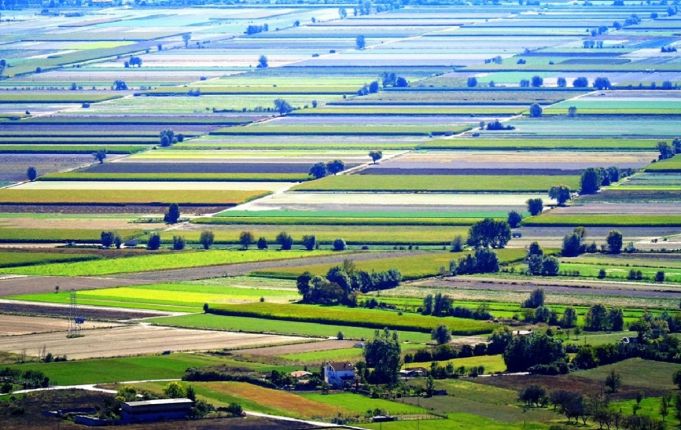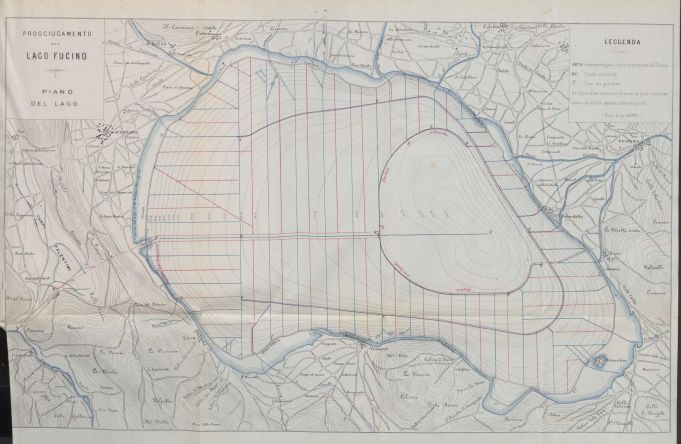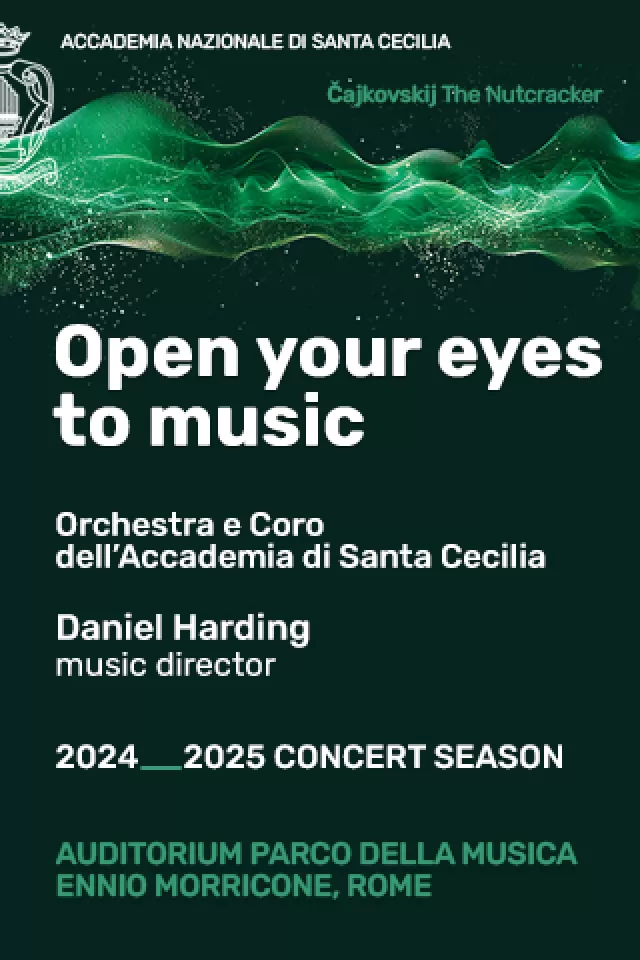Fucino: How Italy drained its third largest lake
The draining of Lake Fucino was first undertaken by the Romans but was not entirely successful until the 19th century.
By Philip Biss
Lake Fucino was once the third largest lake in Italy. Just east of Avezzano, about 600 m high in the Marsica area of the Abruzzo mountains, it was fed by the melting snows and springs of the surrounding mountains and covered some 150 sqm. Estimates of the seasonal change in water level suggest it fell as much as 12 m, leaving large areas of mud exposed in the process.
It was trapped there, separated by mountains from the Liri valley to the south and the Peligna valley to the east, and by rising land near the headwaters of the Turano and Salto rivers to the north-west. To the north lay the uplands of Abruzzo, now with the modern ski resorts of Ovindoli and Campo Felice.
The muddy shores of the lake were always a haven for snakes, and although it has long been drained, a connection with snakes and the art of snake charming still continues. Every year on 1 May, the feast-day of S. Domenico di Sora, patron saint of the small village of Cocullo, his statue is carried from the church through the streets at noon amid crowds of fascinated bystanders who gaze transfixed at the live snakes entwined around the figure of the saint. He is credited with ridding Marsica of snakes in the 11th century.
Julius Caesar
Julius Caesar was the first who wanted to drain the lake and take advantage of the fertile surrounding land, but he was killed before his ambitious plans could be realised.
The project was brought to life again by the emperor Claudius in AD 41. The intention was to control the level of the lake, which was subject to serious seasonal flooding, but not drain it completely, out of respect for the god Fucino who inhabited the lake.
Although probably easier, it was considered inadvisable to attempt to drain the lake northwards to the valleys of the Turano and Salto rivers since its waters would have eventually reached the Tiber and increased the flood risk for Rome. The alternative was the Liri valley leading south-west, eventually reaching the Mediterranean more safely via the Liri and then the Garigliano rivers, exiting eventually into the sea near Minturno, well south of the Roman capital.
Slave labour
According to Roman biographer and writer Suetonius, the work of digging the approach canals and the 5 km tunnel through the solid rock of Mount Salviano into the upper Liri valley took 11 years and involved 30,000 slaves. The debris from the excavations had to be hoisted to the surface through some 40 vertical shafts dug into the tunnel. One assumes it was prestige that Claudius had in mind when building the tunnel rather than the agricultural benefit.

Roman emperors enjoyed showing off their prestige and power not only by staging gladiatorial events but also by naumachiae or mock sea battles, staged for entertainment between competing fleets of galleys, often on lakes and reservoirs. In 52 AD, to celebrate the impending opening of his prestigious drainage project, Claudius arranged one of the largest naumachiae ever seen.
Roman historian Tacitus relates that there were two fleets of 25 vessels each consisting of galleys with three or four banks of oars and 19,000 prisoners selected to fight to the death in the naval battle. The lake was surrounded by marines and praetorian soldiers on rafts armed with catapults and stone-hurling engines to prevent any attempt at escape. After a confusing start the fighting was bloody but, again according to Tacitus, Claudius was so pleased with the outcome that he pardoned those who survived.
Nero
The spectacle over, the emperor's party, including the empress Agrippina and her son, the 15 year-old future emperor Nero, moved nearer the entrance to the newly excavated tunnel for a banquet and to watch the breaching of the last section of the long canal which would carry the water into the tunnel. According to Tacitus it became apparent that the canal to the mouth of the tunnel was not deep enough and it would have to be excavated further to allow the water to enter.
Consequently, a second attempt had to be organised some time later. But another yet more embarrassing disaster struck: the mouth of the tunnel was too narrow to accommodate the water that now gushed from the lake. As it splurged back out again Claudius and his guests had to run for their lives. A narrow escape for the emperor, but the drainage system started to work.
However when the level of water began to fall too slowly it became obvious that the tunnel's gradient was not sufficient to allow the lake to drain as intended.
During the next century the canal system was deepened and widened twice under Trajan and his successor Hadrian. Then as the result of an earthquake at the beginning of the sixth century the exit canal from the lake fell below the tunnel entrance so that the drainage system could no longer work effectively.
Prince Torlonia
It was not until the late 19th century before a further attempt was made on draining the Fucino lake. A consortium headed by Prince Alessandro Torlonia undertook works to drain the lake completely in exchange for the resulting land. Work started in 1862 to enlarge the Claudian tunnel to three times its original size. However, as the cost of the works increased members of the consortium withdrew their investments, leaving the prince to face the costs alone.
Despite his family's wealth, the escalating costs of the project placed Prince Alessandro Torlonia under financial stress. He was, however, fortunate and the works carried out by Swiss engineer Jean François Mayor de Montricher employing over 3,000 workers were successful. By 1877 the lake was completely drained, leaving Torlonia the owner of some 65,000 fertile hectares, part of which he farmed directly, part of which he rented out to a few other wealthy landowners, with the rest parcelled out into smallholdings divided between thousands of poor sharecroppers.
Sharecropper protests
The small tenant farmers, most of whom cultivated less than three hectares, were never happy. The following century saw a series of sharecropper protests against the Torlonias – a problem that was not resolved until the mid-20th century after two men were killed in a violent protest in 1950. The area was further affected by the devastating Avezzano earthquake of 1915 – some claim that its effects were magnified by the draining of the lake – as well as decades of emigration of the poor farmers to the United States and Argentina.

The unwise investment policies of the Torlonia family – high rents, high interest rates on loans from their Banca del Fucino (founded in the 1920s), failure to invest in necessary infrastructure such as roads, as well as the rock-bottom prices paid by the Torlonia-owned zuccherificio for the farmers' main crop, sugar beet – were the cause of distress and hardship. The most damaging description of the Torlonias is best summed up in the words of Ignazio Silone’s landmark book Fontamara published in 1933:
«In capo a tutti c'è Dio, padrone del cielo. Questo ognuno lo sa. Poi viene il principe Torlonia, padrone della terra. Poi vengono le guardie del principe. Poi vengono i cani delle guardie del principe. Poi, nulla. Poi, ancora nulla. Poi, ancora nulla. Poi vengono i cafoni. E si può dire ch'è finito.»
“At the top of everything there is God, the boss of heaven. Everybody knows that. Then there’s the Prince of Torlonia, the boss on earth. Then there are the prince’s guards. Then there are the prince’s guards’ dogs. Then there’s nothing. Then nothing again. Then nothing again. Then there are the yokels. And you could say that’s all.”
This article was first published in the March 2017 edition of Wanted in Rome magazine.
General Info
View on Map
Fucino: How Italy drained its third largest lake
67043 Celano, Province of L'Aquila, Italy

















